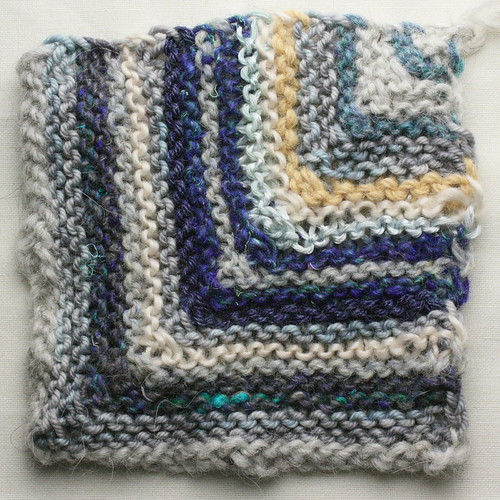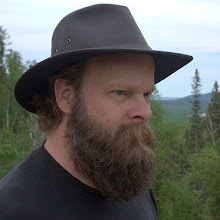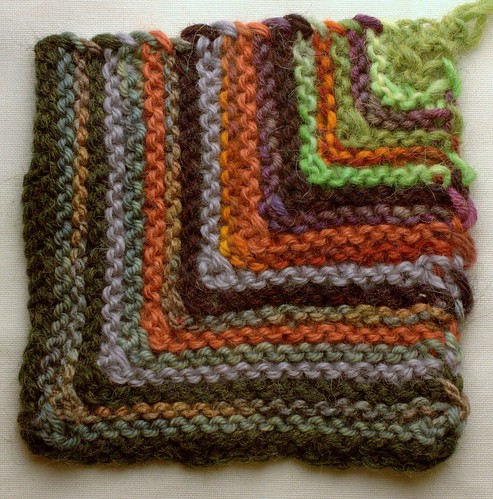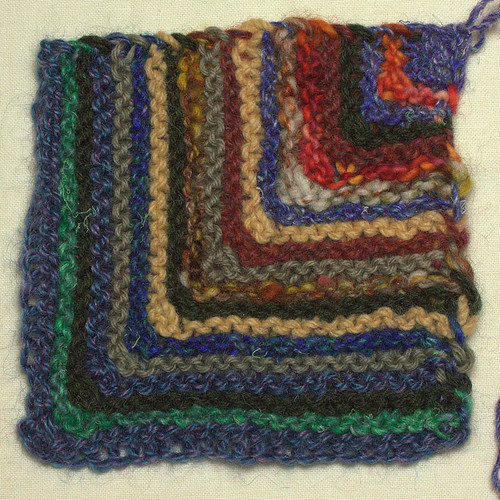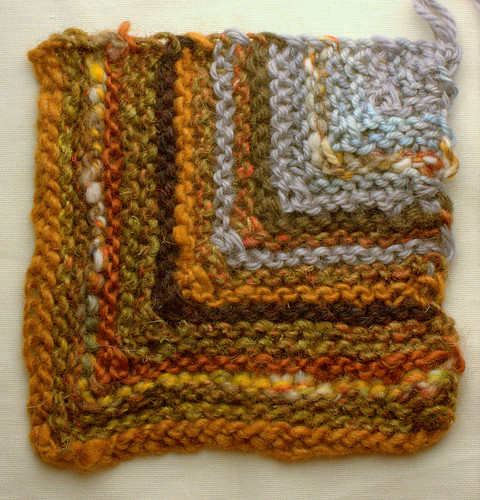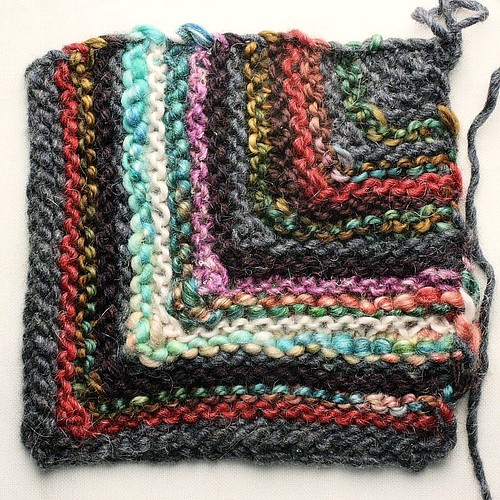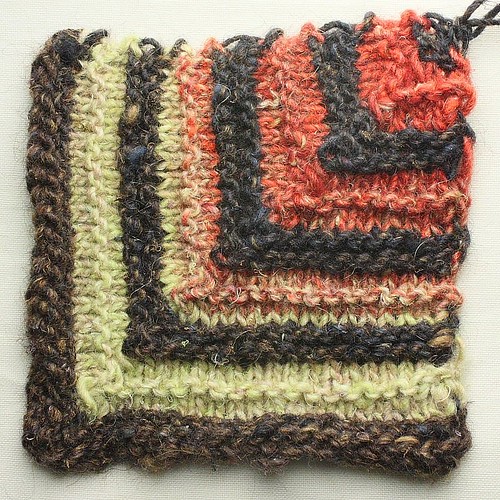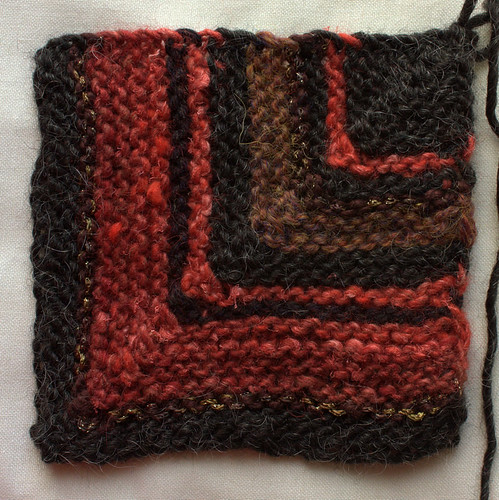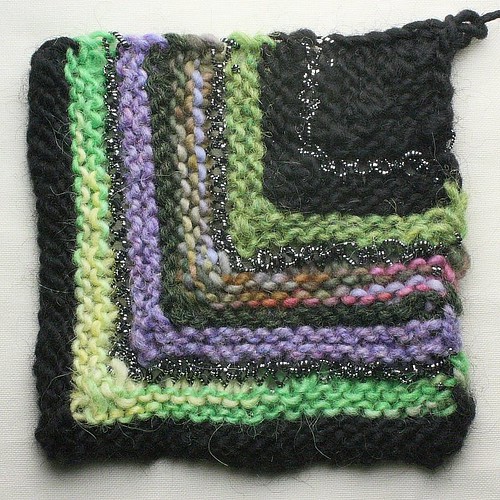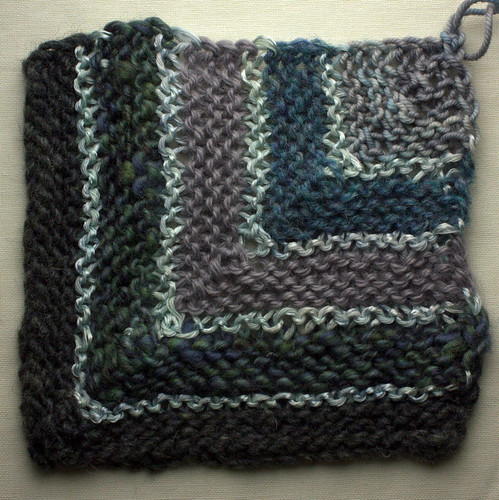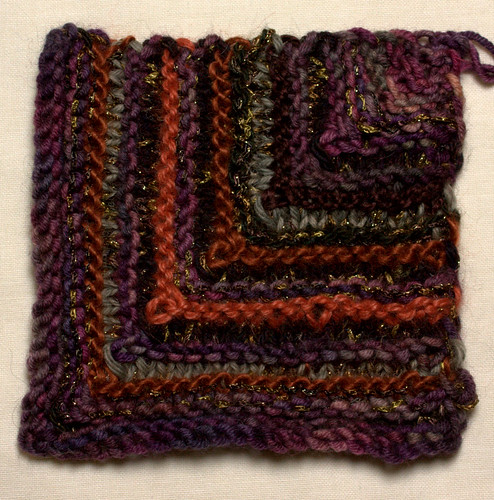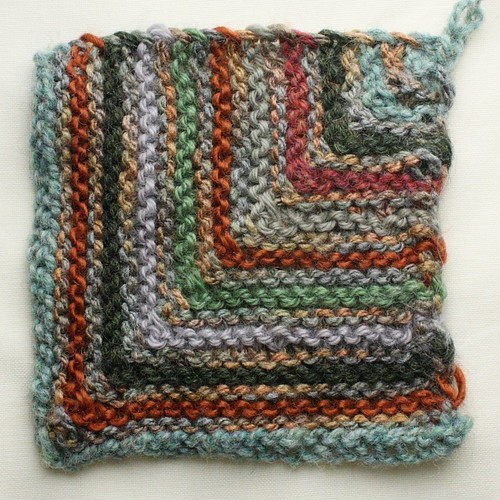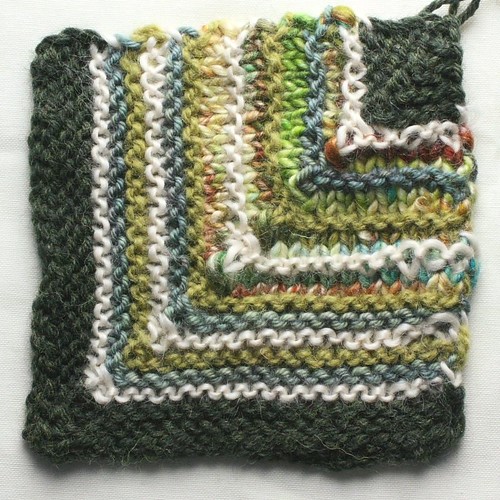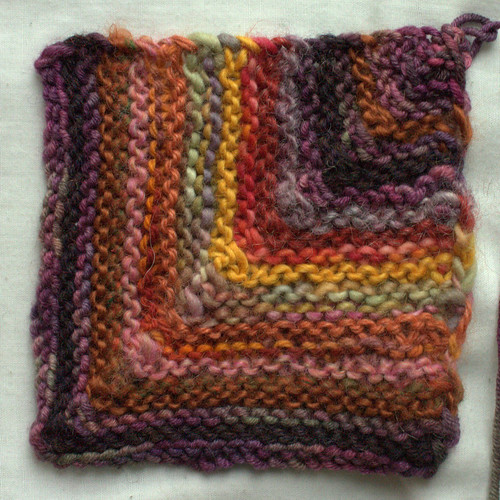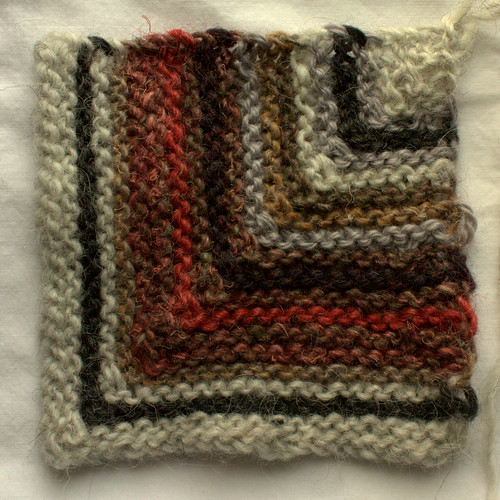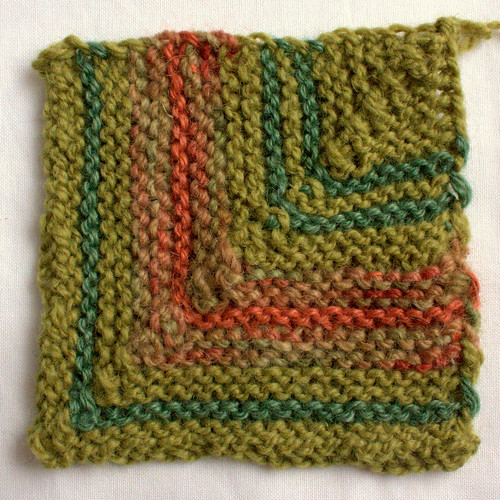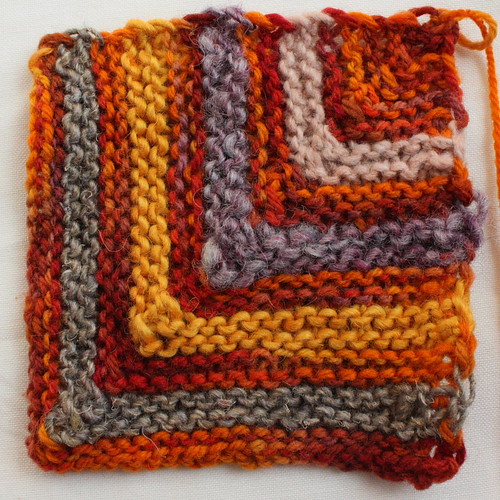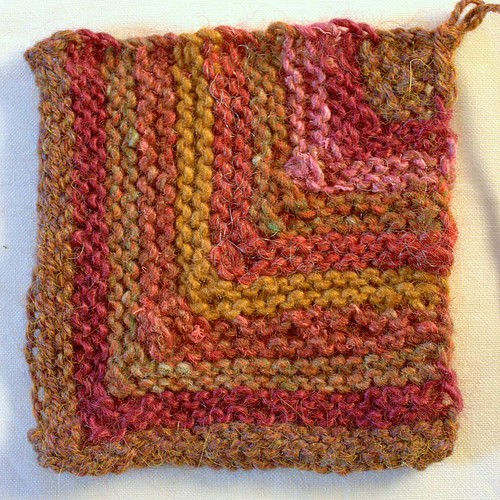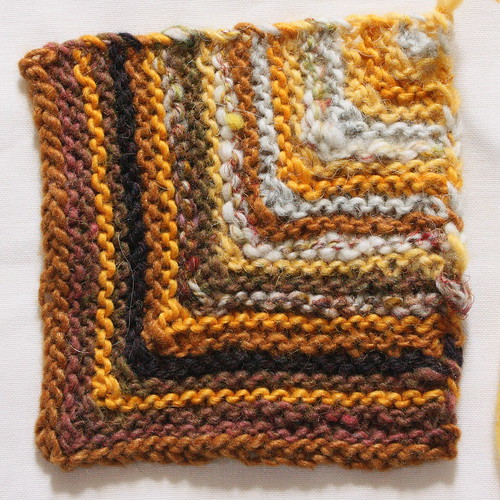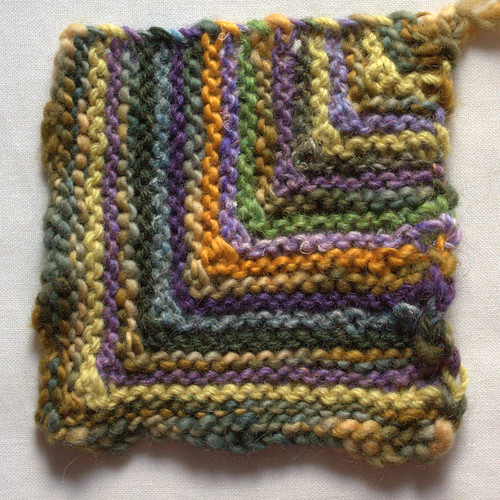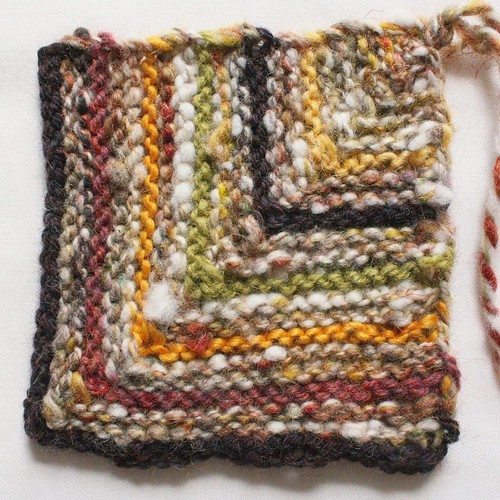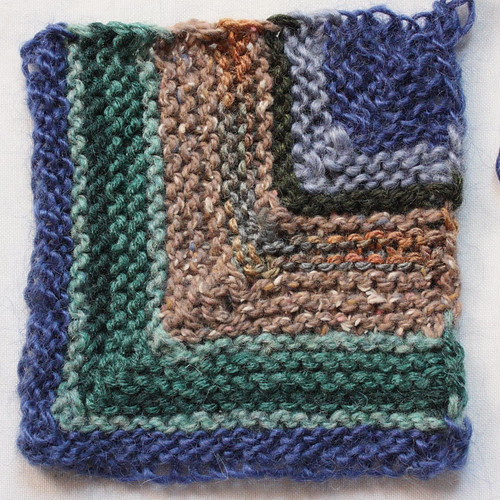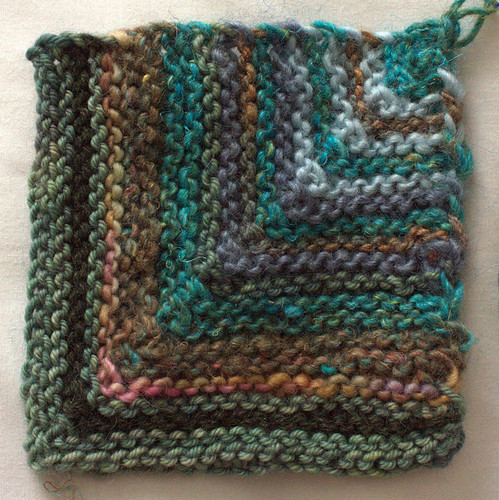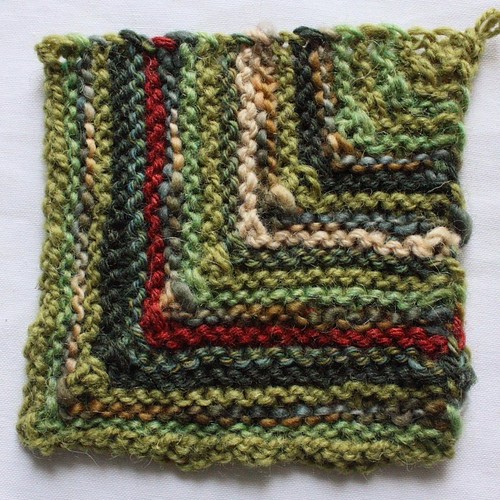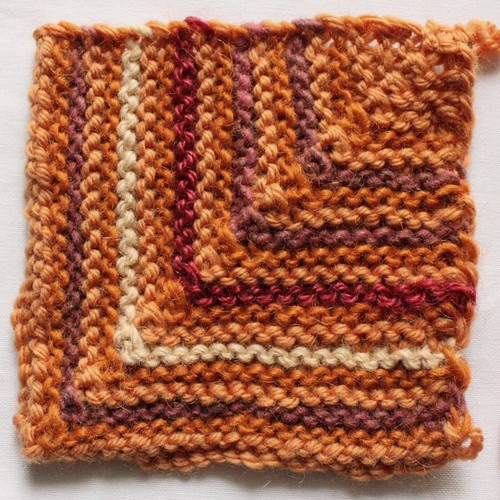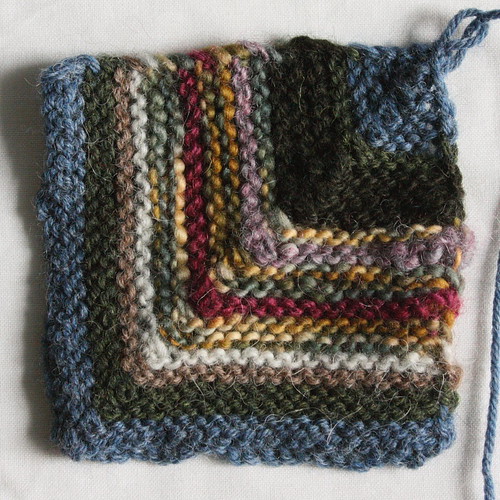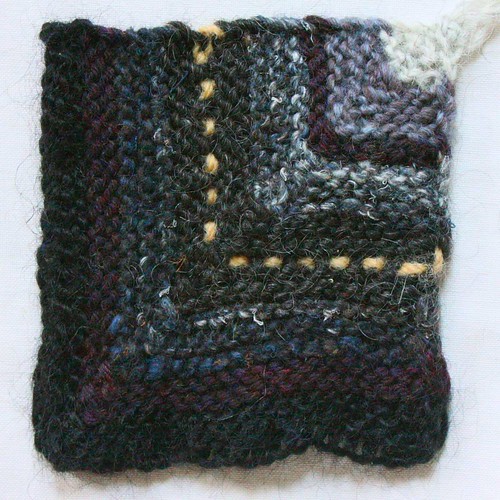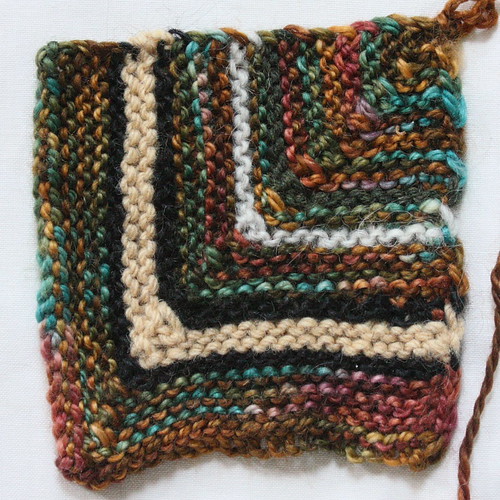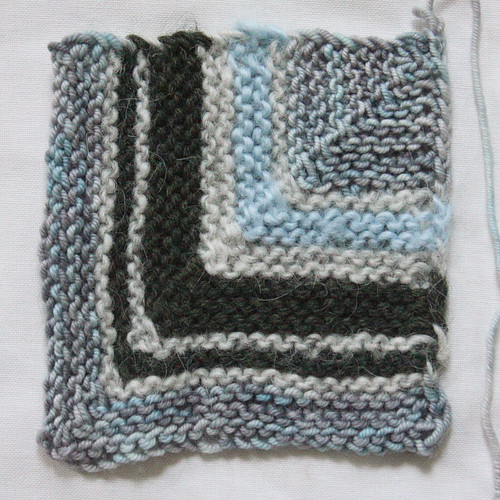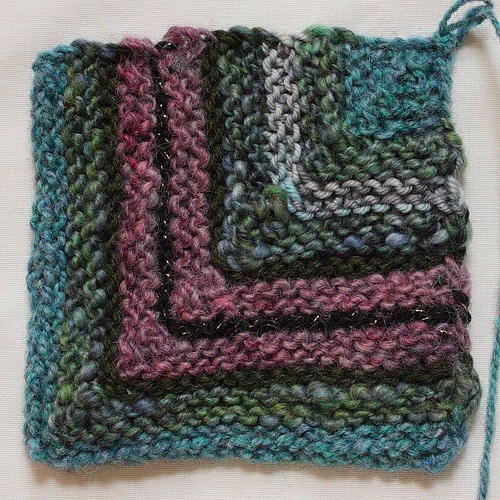
Things I am thankful for.
The gift of two unique and beautiful daughters. Being in love with a man with whom love-making has never—not for an instant—been boring. My dad being alive and well and happy.
My laptop, my camera, my apartment, the new houseplants I’ve kept alive for the few weeks since I moved in.
My cottage, especially my cottage when the sky is clear and the lake is warm, the water blue from above and golden underneath.
The two aunts who encouraged me to bring Danny to my mother’s memorial, the cousin who has cheered me on, my friends.
The places where I like to hang out and write like the Red Brick Café and the Green Room. Community hubs like Out On The Shelf, the Rainbow Chorus, Writers’ Circle and Rainbow Knitters.
The insight that allows me to derive my own meaning in a universe that is inherently meaningless. Depression that taught me to treasure each day. Creativity that allows me to create treasure. Eyes to see beauty, ears to hear music.
Especially Sibelius’ Symphony Number Two. Also Schubert, Brahms, Dvorak, Rachmanninoff, and Vaughan Williams.
The intimacy that comes as two strangers learn to trust, the joy that comes from trusting myself enough to be alone and enjoy my own company.
Computer games that distract me. Good food that gives pleasure.
Being in love with a patient listener.
Losing my temper. I mean really losing it, for so long that I could almost forget the feeling of uncontrolled anger. The challenge of calm and simplicity that somehow elude me but draw me ever higher and onward.
The words of Stephanie Dowrick, Natalie Goldberg, Annie Dillard and Ursula K. LeGuin; the worlds of C.S. Lewis and J.R.R. Tolkien; the imaginary characters who have kept me company; the real friends who replace them.
My 1920s oak library table.
A grandfather who liked to tell stories and nibble my toes.
All the stars in the universe, meteor showers, the planets, all the things we have yet to discover, all the mysteries that keep us humble, a universe that is far too complicated for us to understand.
Oh yeah, and nature, how could I forget my favourite herbs, shrubs and wildflowers? Let’s start with lilacs, lavender and lemon verbena, the fringed gentians the bloom in August at Singing Sands, magnolias and old-style, fragrant yellow roses, lady’s slipper orchids, sundews and pitcher-plants, the fragrance of a pool of violets in spring, the radiance of a meadow of asters and goldenrod in autumn.
There’s also the birds, especially cedar waxwings, eccentric and gregarious, but also catbirds, all the warblers I learn to identify by ear.
I mustn’t forget pianos, radios or CD players. Cars.
Grocery stores full of familiarity and discovery. Peaches and apricots, mushrooms, shellfish, all kinds of cheese, red wine, liqueurs, pesto, dark chocolate.
My kitchen, my bed, the shower, the windows where sun shines in.
Hardwood floors and stained glass windows, pipe organs, bookstores.
The Eramosa River, Lake Fletcher, Lake Erie, Georgian Bay, Hockley Valley. Towns that enchant and cities that engage.
Live theatre, symphony orchestras. Rufus Wainwright and k.d. lang. Her voice, yes thank you for her voice.
That early memory of running barefoot through the grass with the drone of cicadas in the air.
The memory of my last evening with Mom when we had the conversation I never expected to have, so full of forgiveness. The full lunar eclipse on the night she died and all the full moons since.
The fellowship of lost friends as long as it lasted.
A quiet place on rocks by a stream, deep in the woods, just sitting and watching.
Walking on a winter night on the ice under a full moon, or walking under no moon when the Milky Way is so brilliant I can feel the distance and depth of the stars. The forlorn call of a loon at night, the blinking of fireflies, the choir of toads by a river in Guelph on a mild May evening, the way nature fills more of my life when I let it.
The special way I have of seeing colour and putting different colours together. The way photography, writing and fibre seem to play off of one another.
